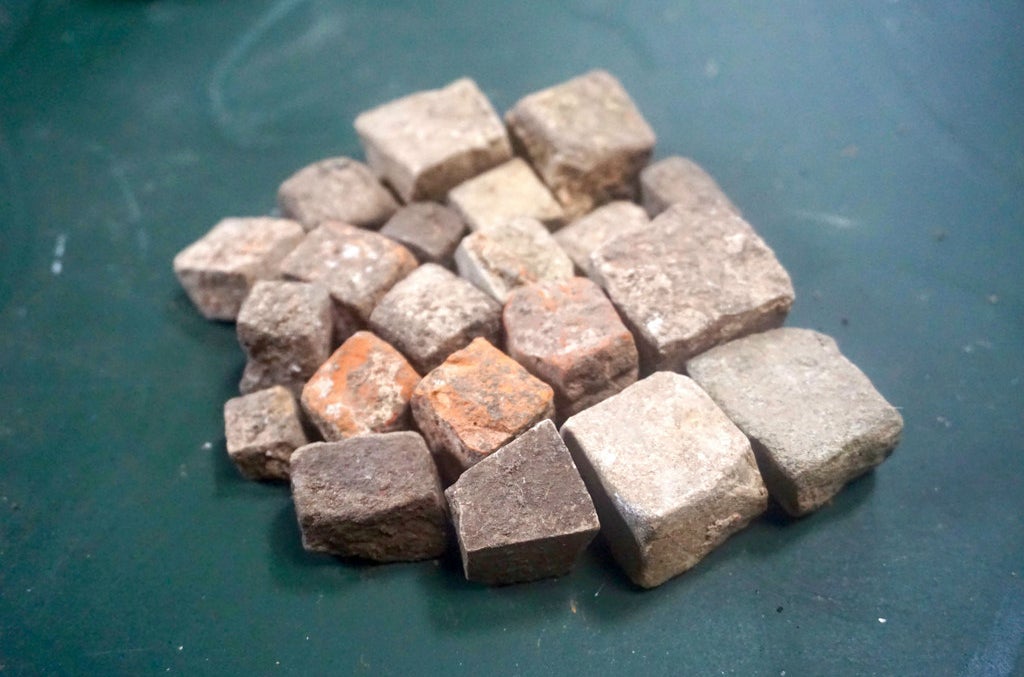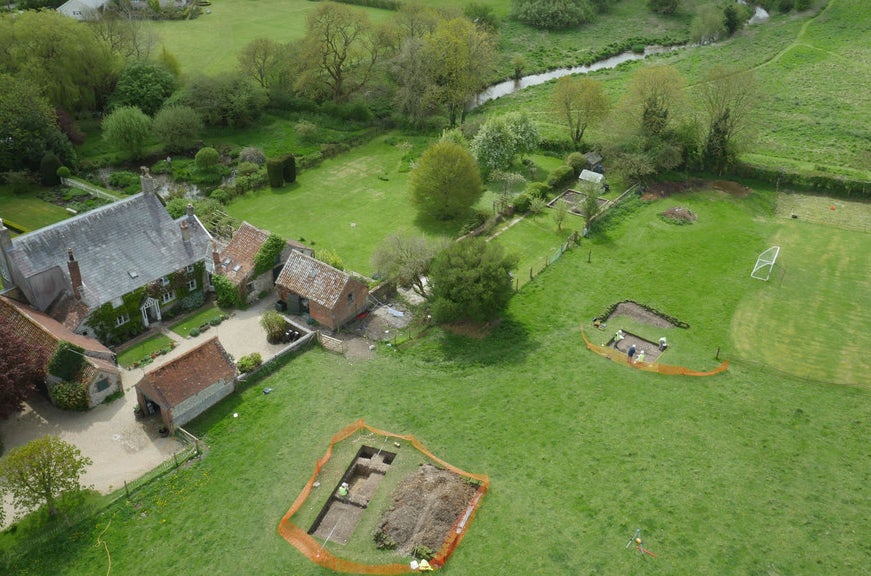The remains of what could have been one of the largest Roman villas ever built in Britain have been found by a dad who was trying to help his kids play table tennis in a barn.


Luke Irwin was laying electricity cables at his home in Brixton Deverill near Warminster, Wiltshire, when he found a mosaic tile.
He contacted local archaeologists and Historic England (formerly English Heritage), which worked with the Salisbury Museum to confirm the mosaic was part of a villa built between 175 and 220 CE.


During an eight-day excavation, oyster shells, a Roman well, the stone coffin of a child, pottery, coins, and jewellery were all found.
The oysters would have been carried from the coast in saltwater barrels, giving an indication of the wealth of the family who lived at the villa.
Historic England described the find as the most significant discovery of its kind in a decade, and compared its importance to the three-storey Roman structure found in Chedworth, Gloucestershire.


Historic England archaeologist Dr David Roberts said: “This site has not been touched since its collapse 1,400 years ago and, as such, is of enormous importance.
"Without question, this is a hugely valuable site in terms of research, with incredible potential. The discovery of such an elaborate and extraordinarily well-preserved villa, undamaged by agriculture for over 1,500 years, is unparalleled in recent years. Overall, the excellent preservation, large scale and complexity of this site present a unique opportunity to understand Roman and post-Roman Britain.”
Irwin, who designs rugs for a living, said he was "overwhelmed" by the idea that someone had lived at the land his home is on for 2,000 years.
"You look out at an empty field from your front door, and yet 1,500 years ago there was the biggest house, possibly, in all of Britain," he said.
"It’s how time just drifts on. When you hold a tessara [mosaic tile] in the palm of your hand, this history feels tangible – it’s like an electric shock.”

